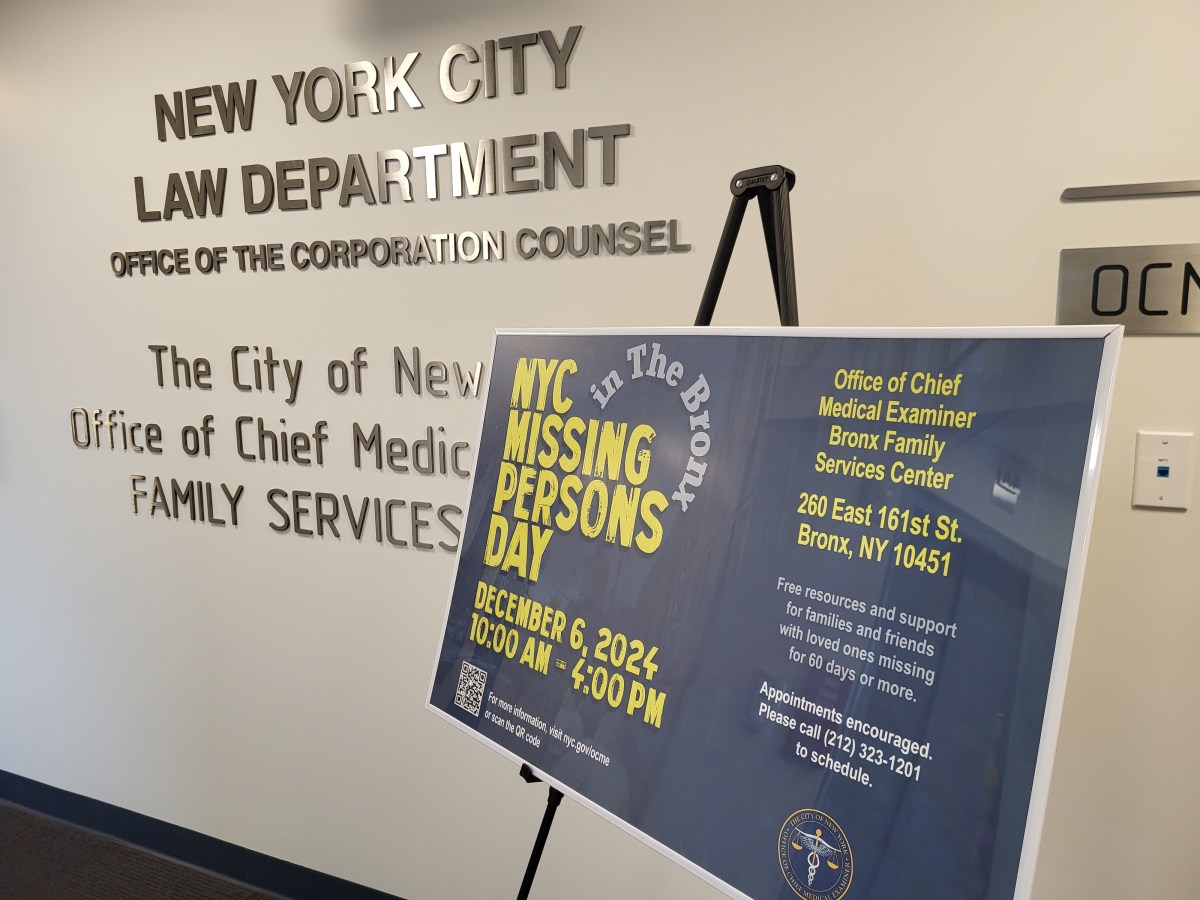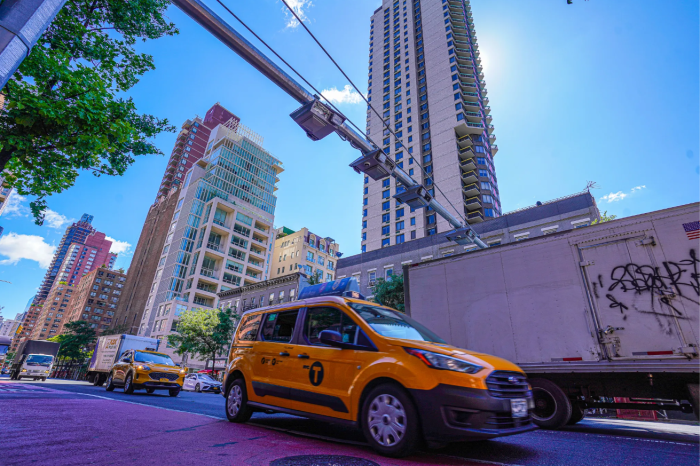A recent State Supreme Court ruling upholding the landmarked status of the old P.S. 64 on E. Ninth St. was another victory for the community in its now 10-year battle over the fate of this historic building.
In the Nov. 12 decision, Justice Shirley Werner Kornreich dismissed owner Gregg Singer’s argument that the former school building, completed in 1906, was ineligible for landmark designation because Singer had stripped the facade of much of its decorative ornamentation.
The building was landmarked in June 2006. A month later, Singer — using a pre-existing exterior demolition permit — lopped off its terra-cotta window detailing and copper cornices. At a Landmarks Preservation Commission hearing shortly before the building’s designation, Singer’s attorneys vowed the developer would “scalp” and “denude” the building so it would no longer qualify to be officially recognized as a New York City landmark. To the horror of neighbors and preservationists, Singer then proceeded to saw off the turn-of-the-century building’s detailing.
A court has never overturned a New York City landmark designation; Singer — who hopes to build a 19-story student dormitory on the site — hoped his case would set a precedent.
“I have to take a shot; it’s too much money,” he told The Villager two years ago as his workers were busy whacking off the old school’s lovely features.
Kornreich’s ruling was a stinging rejection of Singer’s twisted strategy. Yet the developer can still appeal. Furthermore, a beautiful, historic building has been left, yes, scalped. Also, while Singer stripped the building after it was landmarked, other developers who have similarly stripped buildings before they were landmarked have successfully staved off designation — as seen recently with the Dakota Stables on the Upper West Side.
As reported in a recent New York Times article — which referred to both the old P.S. 64 and the Dakota Stables — a glaring lack of communication between the Department of Buildings and L.P.C. helps encourage abuse of this landmarking loophole. Beyond improving interagency dialogue, however, the main problem is that developers can wield pre-existing demolition permits to savage landmarked buildings.
Two bills in the City Council offer hope. One, by Rosie Mendez, who represents the East Village, would require L.P.C. to notify D.O.B. as soon as a building comes under consideration for designation, even if a landmark hearing has not yet been scheduled; the department, in turn, would notify L.P.C. if an owner applied for a work permit. The other bill, by Tony Avella, of Queens, would require D.O.B. to withhold demolition permits, suspend existing ones and issue a stop-work order when the commission schedules a building for a landmark hearing.
A combination of the bills sounds ideal. Bottom line, Buildings and Landmarks must work more cooperatively — or else, what’s the point of landmarking?
This landmarks loophole must be closed, and the crass and cynical stripping of this city’s historic architecture must end.




































